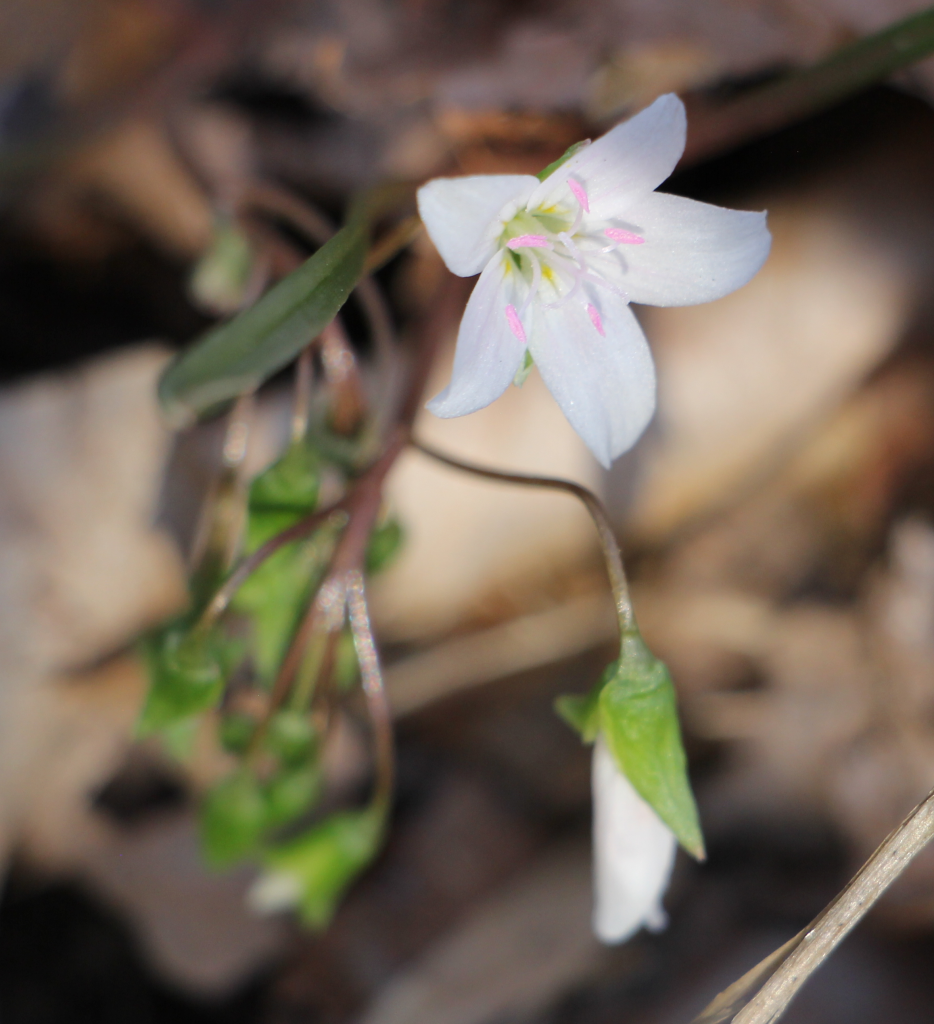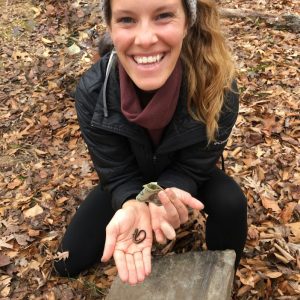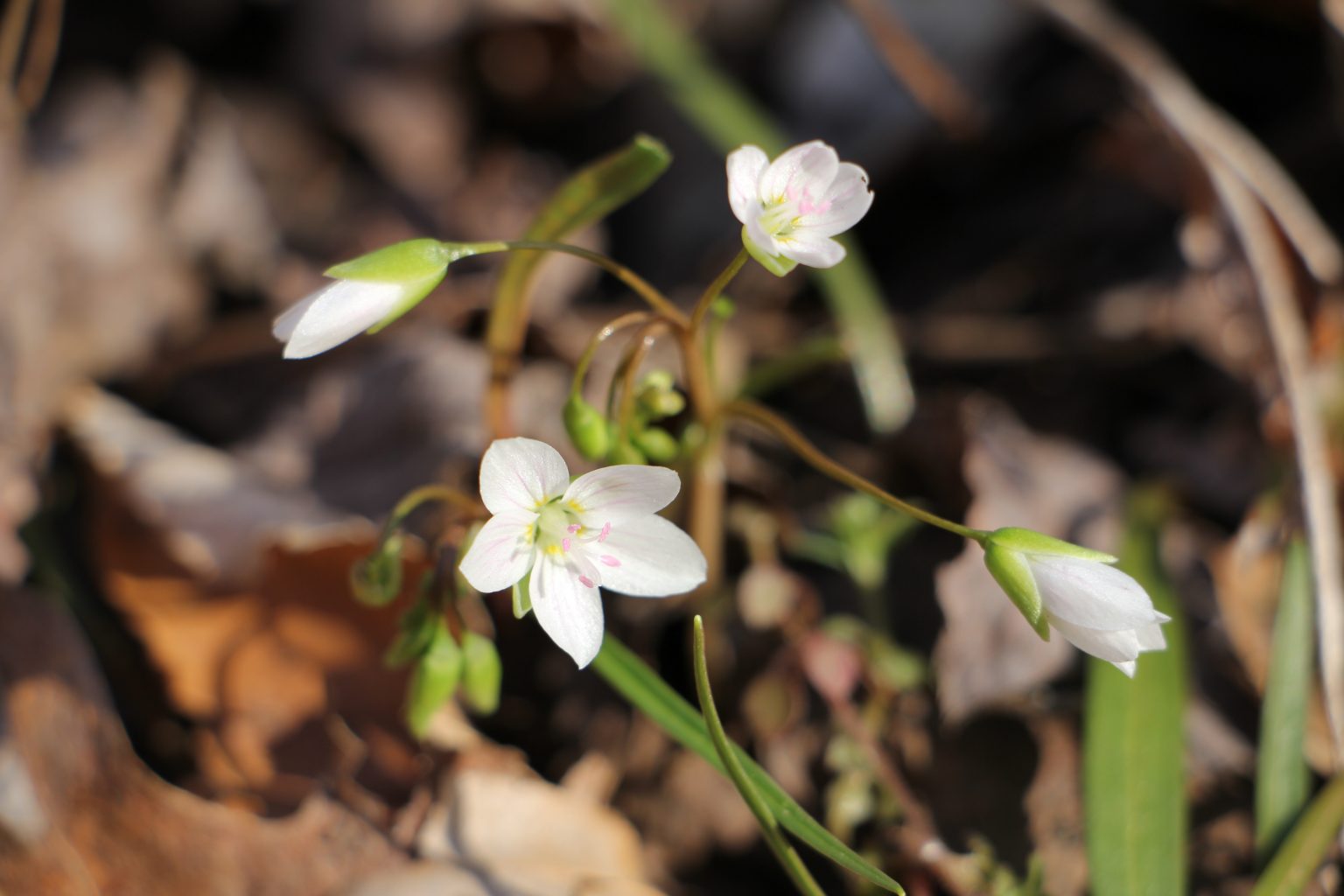
If you’ve been closely observing the forest floor as you walk along the trails these past few weekends (not only on the lookout for the rocks and roots trying to trip you), you may have seen dainty flowers and more colors popping up. As we learned several weeks ago, skunk cabbage is the first flowering plant at the Preserve, but it is no longer the only one blooming. Spring ephemerals, or plants that bloom and quickly lose their leaves and are not seen again until next spring, are here!
The following #sciencesaturday spotlight species are only three of the many spring ephemerals present at the Preserve. Comment below to share your favorite spring ephemeral.
Virginia Spring Beauties
Spring beauties (Claytonia virginica) have delicate small pink or white flowers with five petals. Each petal contains light to bright pink venation and they sprout from corms: underground tubers like a tiny potato. Those pink veins are key for pollinators, acting as a nectar guide for bees and flies. Andrena erigeniae, the solitary bee, exclusively pollinates spring beauties! The low growing plants (about six inches) love the sun, opening in the sunshine and closing at night or during cloudy days. That tendency has been used to predict incoming bad weather.
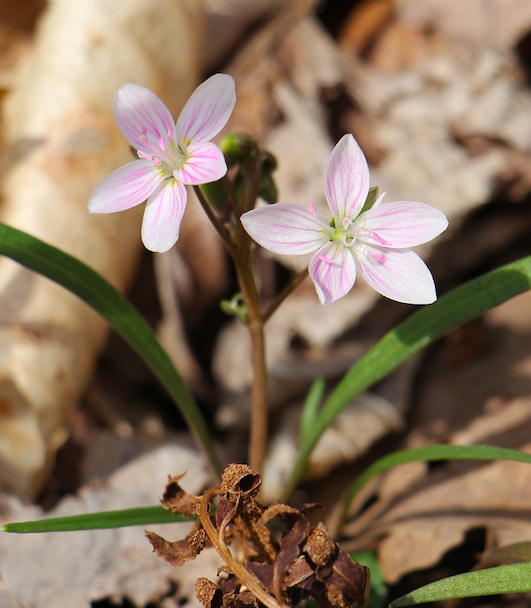
Trout Lily
Trout lily (Erythronium americanum) is named after its mottled leaves that resemble Virginia’s state freshwater fish: the brook trout. A single nodding yellow bell-shaped flower blooms above mature plants with two speckled leaves. Also nicknamed “adder’s tongue”, trout lily grows in huge colonies that can survive 100+ years, which could be older than the nearby surrounding trees!
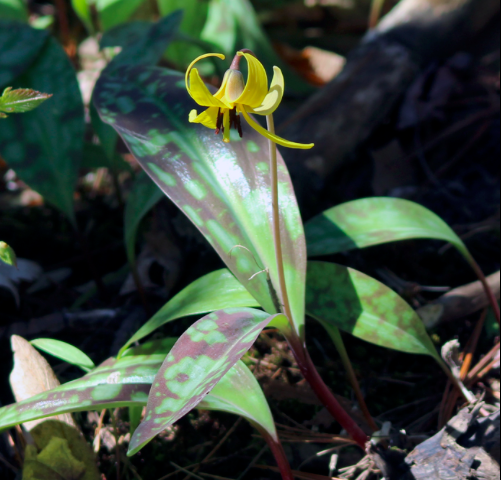
Dutchman’s Breeches
These white to pink flowers resemble a pair of pants hanging upside down, earning it one nickname: Dutchman’s breeches (Dicentra cucullaria). They also go by other common names, such as bleeding hearts (for the pink version) or little blue staggers (due to the drunken staggering that happens if livestock eat this narcotic related to a poppy). Bumblebees are its main pollinators. Fine compound leaves look like ferns, but they are not a true fern!
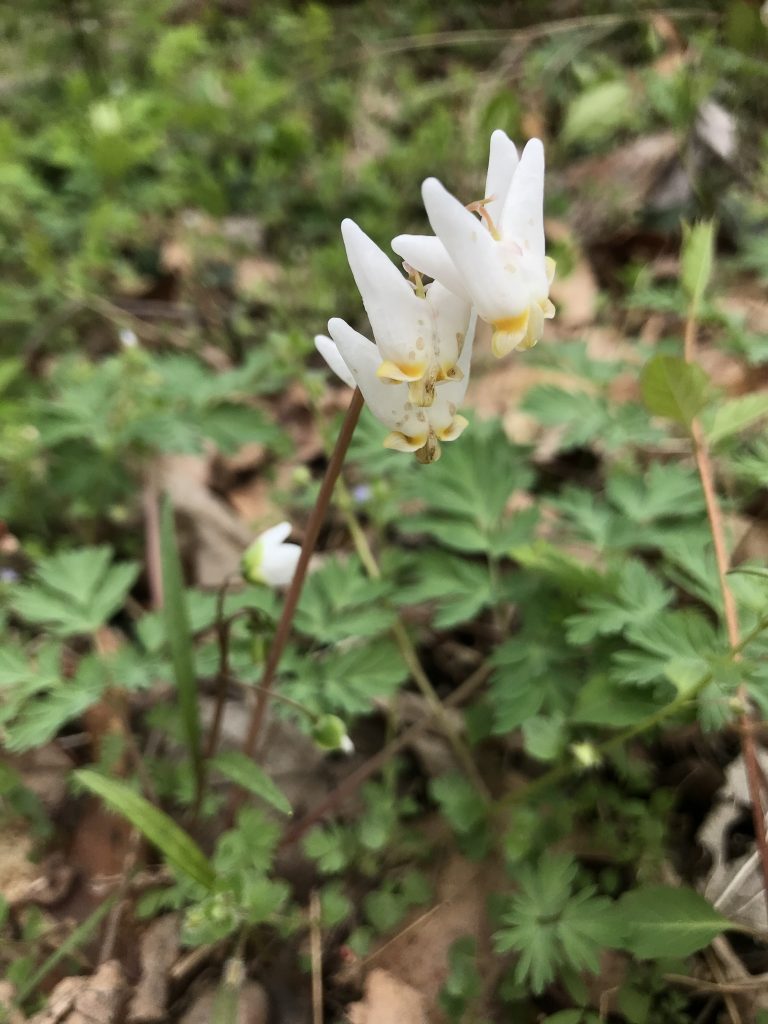
These spring ephemerals are ideal candidates for myrmecochory, or seed dispersal by ants. Their seeds are coated in fatty external appendages called elaiosomes, which attract the ants and encourages them to haul the seeds back to their nests. The ant larva consume the lipid-rich food source and the leftover bare seeds are tossed into a midden (imagine a seed compost pile rich in nutrients that stimulates germination). This method of seed dispersal protects the seeds from predation, and decreases competition as they are more spread out.
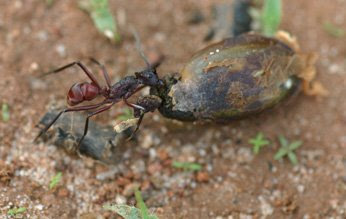
Found thriving throughout the North American undisturbed woodlands of the eastern United States and Canada, spring ephemerals have an incredibly small window of opportunity to grow, bloom, be pollinated, and seed. By June, the deciduous trees high above will shade out the forest floor and these plants retreat back underground until next spring. Despite their seasonality, spring ephemerals play a critical role for forest ecosystems by stabilizing soils, providing nutrients, and sustaining native pollinator populations. They are also incredibly fragile and threatened by human disruptions, invasive species, and overpopulation of herbivores. See if you can find all three of them on your next hike and tune in next #sciencesaturday to learn about a few more!
